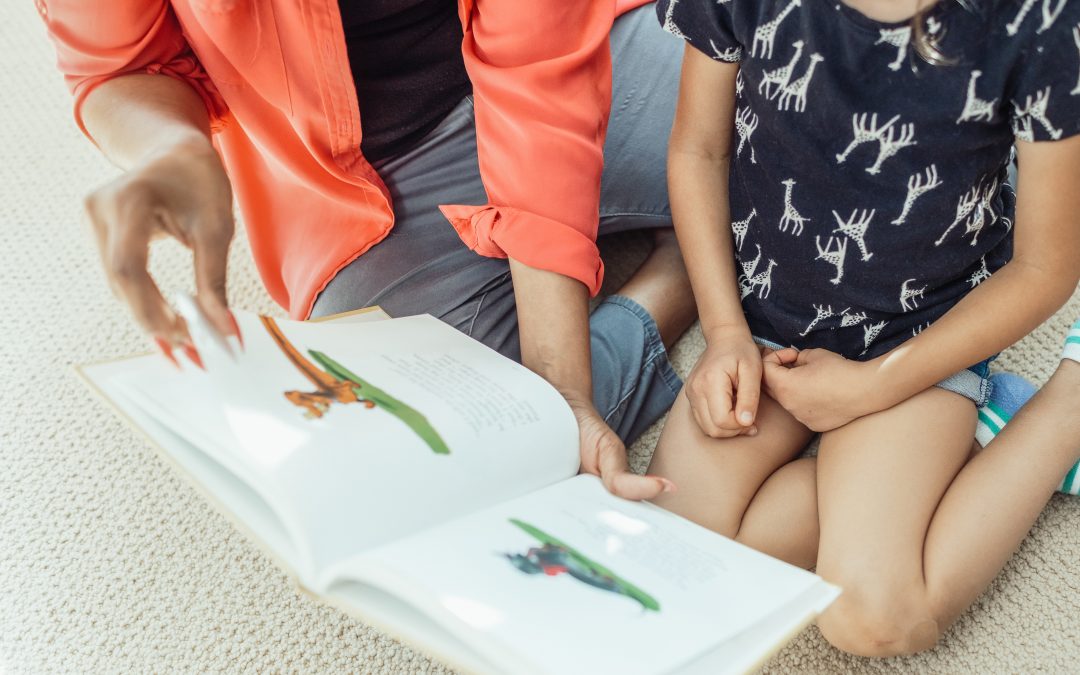Going back to school after the summer holidays or moving to a new year group can be a big adjustment for any child. For those in foster care, these transitions can be especially challenging. As a foster carer, your support can make a huge difference. Here’s a guide to help children smoothly transition back to school or start high school:
1. Communicate Effectively with Teachers
Building a good relationship with the child’s teachers is key to a smooth transition. Here’s how you can help:
- Share Relevant Information: Provide teachers with an overview of the child’s needs and any relevant background information. This helps teachers understand how best to support the child.
- Schedule a Pre-School Meeting: Arrange to meet with the teacher before school starts. Discuss the child’s strengths, any areas where they might need extra support, and any concerns you have. This sets up a positive partnership from the start.
- Keep in Touch: Stay in regular contact with the teacher throughout the year. Update them on the child’s progress and any changes at home. This ensures that the child receives consistent support.
2. Establish Routines
Routines provide stability and help children adjust better to school life. Here’s how to set up effective routines:
- Create a Consistent Schedule: Establish a daily routine that mirrors the school day as closely as possible. This includes consistent wake-up times, meal times, and bedtimes. Predictability helps children feel secure.
- Set Up Morning and Evening Routines: Develop specific routines for the morning and evening. Morning routines might include preparing school materials and having a healthy breakfast, while evening routines can focus on winding down and organizing schoolwork.
- Organize Study Time: Set up a quiet, dedicated space for homework and establish regular study times. This helps the child develop good study habits and reduces stress about schoolwork.
3. Support Social Inclusion
Making friends and adjusting to a new year group can be a challenge. Here’s how you can help:
- Encourage Participation in Activities: Suggest joining clubs or extracurricular activities that interest the child. This provides opportunities to meet peers with similar interests and feel more included.
- Facilitate Social Opportunities: Arrange playdates or social gatherings with classmates outside of school. This helps the child build friendships in a relaxed setting.
- Work on Social Skills: Help the child practice social skills, such as starting conversations and making friends. Celebrate their efforts and progress to boost their confidence.
Overall whether returning to school after a break, moving into a new year group, or starting high school, transitions can be challenging for children in foster care. Your support is crucial in helping them adjust smoothly. By communicating effectively with teachers, establishing stable routines, and supporting social integration, you can help the child feel more comfortable and confident in their new school environment. Your role in providing a supportive and understanding environment makes all the difference during these important transitions.


Recent Comments